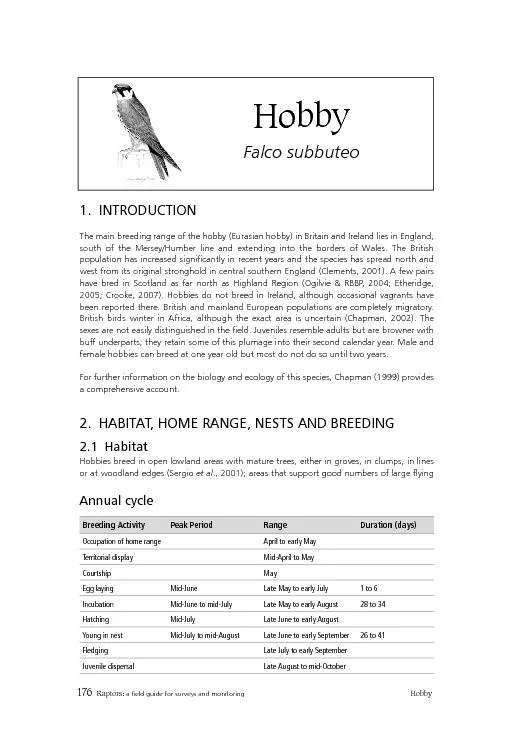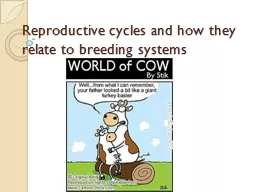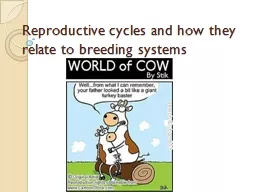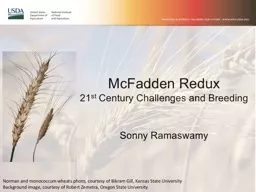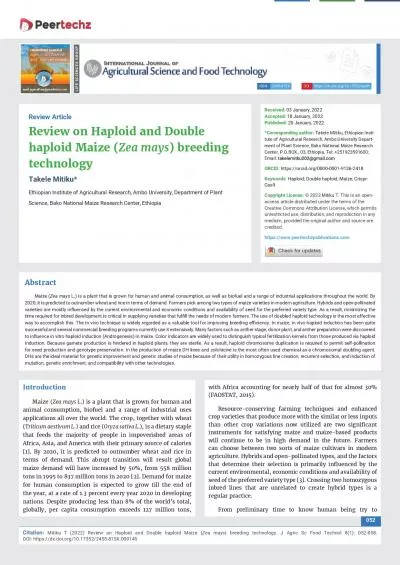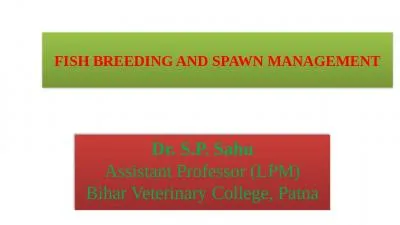PDF-The main breeding range of the hobby (Eurasian hobby) in Britain and I
Author : karlyn-bohler | Published Date : 2016-06-12
x2002Raptors Peak PeriodRangeTerritorial displayLate May to early JulyLate May to early AugustLate June to early AugustYoung in nestLate June to early SeptemberLate
Presentation Embed Code
Download Presentation
Download Presentation The PPT/PDF document "The main breeding range of the hobby (Eu..." is the property of its rightful owner. Permission is granted to download and print the materials on this website for personal, non-commercial use only, and to display it on your personal computer provided you do not modify the materials and that you retain all copyright notices contained in the materials. By downloading content from our website, you accept the terms of this agreement.
The main breeding range of the hobby (Eurasian hobby) in Britain and I: Transcript
Download Rules Of Document
"The main breeding range of the hobby (Eurasian hobby) in Britain and I"The content belongs to its owner. You may download and print it for personal use, without modification, and keep all copyright notices. By downloading, you agree to these terms.
Related Documents

